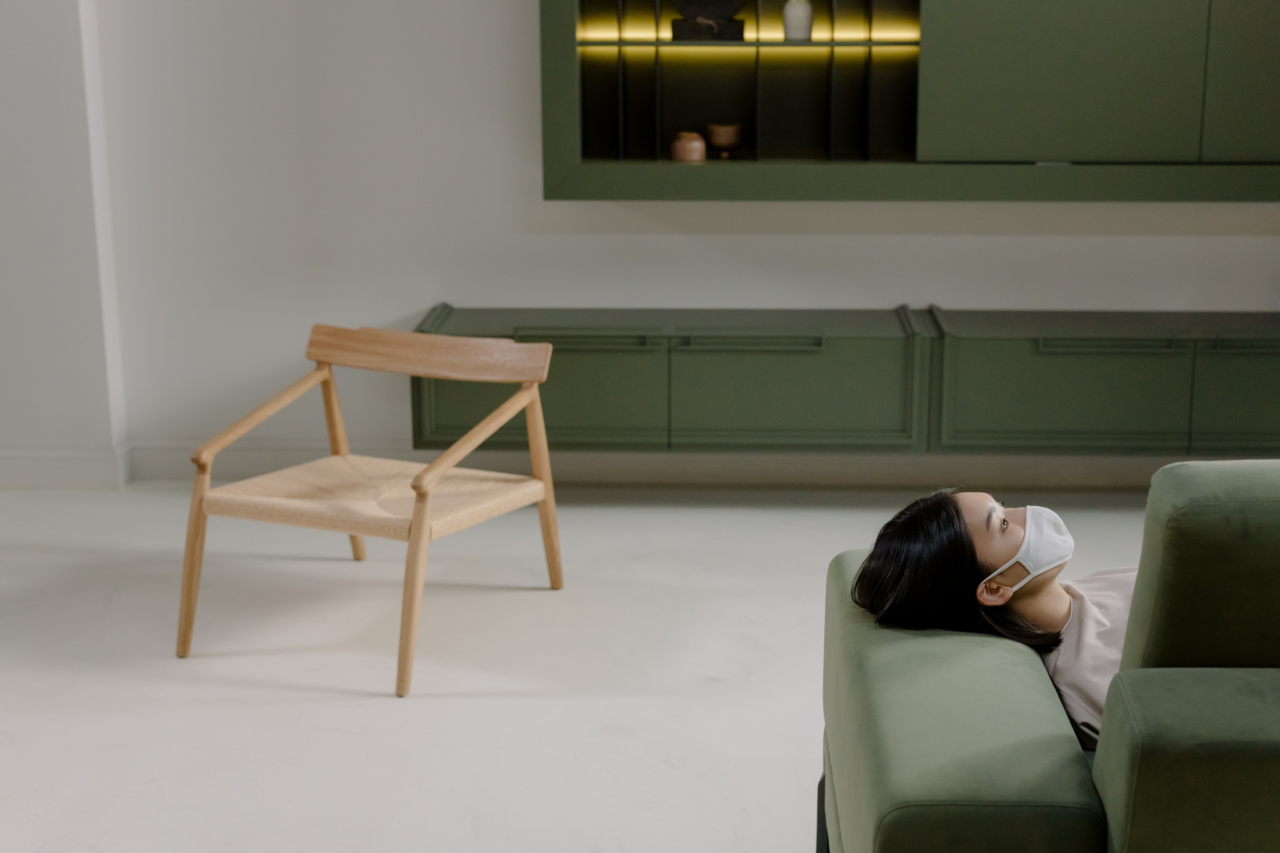Wearing a mask has become a necessary part of our daily lives since the onset of the pandemic. However, for many people, wearing a mask can be uncomfortable and irritating.
In fact, wearing a mask for a prolonged period can cause a range of issues from breathing difficulties to skin irritation.
Fortunately, there are several ways to maximize your comfort when wearing a mask. Here are ten tips to consider:.
Tip 1: Choose the Right Mask
The first step in maximizing comfort in wearing a mask is to choose the right type of mask. Not all masks are created equal. Some masks are more comfortable than others depending on the material.
Cloth masks are becoming more popular as they are washable and reusable. When choosing a cloth mask, consider one that is made with a soft, breathable material such as cotton, silk, or bamboo.
These materials are gentle on the skin and will not cause irritation.
Another option is to consider a mask with adjustable ear loops. Masks with elastic ear loops can be uncomfortable, especially if they are too tight.
Masks with adjustable ear loops offer a personalized fit, making them more comfortable to wear for a prolonged period.
Tip 2: Ensure a Snug Fit
A poorly fitting mask can cause discomfort and increase the risk of infection. A mask should fit snugly around the nose and mouth without any gaps. When the mask is loose, it can slip down the nose and require constant adjustments.
This can be frustrating and uncomfortable.
Ensure the mask is snug enough to prevent air from escaping around the sides. This will also prevent your glasses from fogging up, which is a common issue for many people when wearing a mask.
Tip 3: Avoid Thick Foundation and Powders
Wearing makeup under a mask can cause irritation and clog pores. When you wear a mask, the temperature and humidity rise, creating the ideal breeding ground for bacteria.
Thick foundation and powders can trap sweat, dirt, and oil on the skin, leading to breakouts and other skin issues.
Consider avoiding thick foundation and powders when wearing a mask. Instead, opt for a lightweight formula, such as a tinted moisturizer or BB cream. This will allow the skin to breathe and minimize any irritation.
Tip 4: Hydrate Your Skin
Wearing a mask can cause dry and irritated skin. One way to minimize dryness is to hydrate your skin before wearing a mask. Use a lightweight moisturizer or serum that will hydrate the skin without leaving it feeling greasy or sticky.
Additionally, consider using a lip balm to prevent dry lips. When wearing a mask, the lips can become dry and chapped due to the friction caused by the mask. A lip balm will keep your lips hydrated and prevent any discomfort caused by dryness.
Tip 5: Take Regular Breaks
One of the best ways to maximize comfort when wearing a mask is to take regular breaks. If you are wearing a mask for an extended period, take a break every two to three hours.
This will give your skin a break and prevent any irritation or discomfort caused by wearing the mask for a prolonged period.
When you take a break, take the time to wash your hands and face. This will help to prevent any bacteria from building up on your skin, which can cause irritation and other skin issues.
Tip 6: Avoid Touching Your Face
When you wear a mask, avoid touching your face. This will prevent any dirt or bacteria on your hands from transferring to your skin.
When you touch your face, you can introduce new bacteria onto your skin, which can cause a range of issues, from breakouts to infections.
Additionally, avoid adjusting your mask frequently. Touching your mask can introduce bacteria onto the surface, which can then transfer to your skin.
Tip 7: Build Up Tolerance
For some people, wearing a mask can be uncomfortable and challenging to get used to. Building up tolerance to wearing a mask can help to increase comfort. Start by wearing a mask for short periods, such as 15-20 minutes, and gradually increase the time.
This will help your skin to adjust to the mask, making it more comfortable to wear for longer periods.
Tip 8: Use a Mask Lanyard
Wearing a mask lanyard can help to reduce the discomfort caused by wearing a mask. A mask lanyard attaches to the ear loops of a mask and rests on the neck when not in use.
This can prevent the mask from pulling on the ears, making it more comfortable to wear for extended periods.
Additionally, a mask lanyard can help to keep your mask accessible when you are not wearing it. This can prevent you from losing or misplacing your mask.
Tip 9: Wash Your Mask Regularly
A dirty mask can cause irritation and discomfort. Ensure you wash your mask regularly to keep it clean and fresh. A cloth mask should be washed after every use.
When washing your mask, use a gentle detergent and avoid fabric softeners, bleach, and other harsh chemicals. These can irritate the skin and decrease the effectiveness of the mask.
Tip 10: Keep Your Mask Handy
Finally, keeping your mask handy can help to maximize comfort. When you have your mask close by, you can easily put it on when needed. This can prevent the discomfort caused by having to wear a mask that is too tight or ill-fitting.
Keeping your mask in a dedicated space, such as a bag or pouch, can help you to keep track of your mask and prevent it from getting lost.
Conclusion
Wearing a mask can be uncomfortable, but by following these ten tips, you can maximize your comfort when wearing a mask.
Remember to choose the right mask, ensure a snug fit, hydrate your skin, take regular breaks, build up tolerance, use a mask lanyard, wash your mask regularly, and keep your mask handy. These small steps can make a big difference in your overall comfort when wearing a mask.































